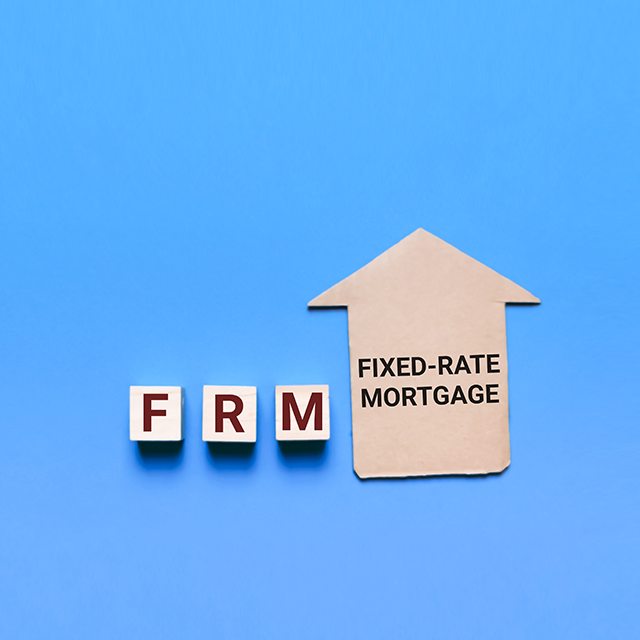More than 70% of mortgage terms are due to be refixed this year, but many homeowners are choosing to break early, switching their low fixed rate for a higher one. This may seem counterintuitive – why would you spend more before you have to? The short answer is interest rates are predicted to keep rising, so refixing right now might be the key to keeping your home loan repayments in the black.
Whatever your mortgage situation, let’s look at why breaking your mortgage term and re-fixing may be the best call to make in a rapidly changing market.
Interest rates are on the rise
Right now, it’s hard not to notice inflation. Grocery prices are through the roof and a cup of coffee is expected to reach $7 next year. To try and offset inflation, The Reserve Bank of New Zealand has increased the official cash rate (OCR). In mid-April, it increased by a hefty 50 points to 1.50% – the fourth straight hike in a row.
“This high inflation environment means that interest rates around the world will be heading up, so there will certainly be further increases in mortgage rates ahead,” says NZIER principal economist Christina Leung.
What’s involved with breaking and re-fixing?
Breaking your fixed rate home loan means ending your mortgage term before it expires to refix a new interest rate. Usually, you’d break to secure a lower interest rate, change your term or pay off a lump sum of your home loan.
There are some administration costs involved with breaking and refixing but usually, the long-term savings outweigh those costs.
The benefits of refixing early in a rising interest market
Refixing your mortgage to lock in a new, higher rate sounds like the opposite of smart, considering it’s likely to increase your monthly repayments before it’s necessary. But, securing the best deal on the market now for a longer fixed term could be the smartest move to avoid interest rates rising even higher.
In 2019, fixed-term interest rates were 4.6%, around the same as today. If you’re sitting on a fixed-term rate from back then, you probably won’t notice the hike. Or, you may be enjoying super low rates fixed in 2021, so why bother jumping the gun? In both instances, it may seem counterintuitive to start paying more in interest now when you’re locked into a good deal. But with all signs pointing to a continuation of rising rates, breaking or refixing now is about protecting yourself from even higher monthly repayments in the future.
To put it in perspective, if your mortgage is $500,000, your monthly repayment costs could jump from $2,000 per month to $2,680 per month with a new fixed rate of 5%. But locking it in now, rather than waiting until your cheaper rate is finished, may protect you from further increases.
Analysis from the Reserve Bank of New Zealand showed that if mortgage rates increase to 5%, up to 20% of New Zealanders would struggle to meet their repayments. Furthermore, a 6% interest rate would leave nearly 50% of borrowers financially stressed.
A move sooner than later also means you get early opportunity to get used to the higher repayments and accordingly adjust your household budget to cater for loan repayments alongside living expenses.
It’s about protecting yourself from what next year may bring
Interest rates are famously hard to predict and very few people get the timing exactly right. Because of this, you may want to wait and see what happens. But it may be just as risky as acting now and locking in a long-term fixed rate you can afford before it’s too late. It all comes down to what is best for your situation. Now is a great time to talk to an expert at Global Finance and discuss how you can protect your mortgage repayments from those abnormal shocks.
Thinking about breaking or refixing your loan? Talk to an expert at Global Finance today – we’ll help secure the best deal for you and your family.
**These are general guidelines and are by no means a reflection of bank or lending policies

